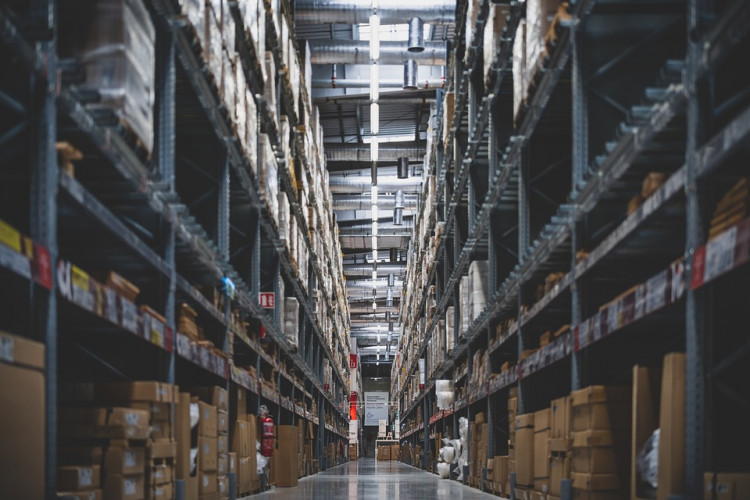Retail sales in the United States increased at a slower-than-expected pace in May, reflecting the ongoing impact of high interest rates and inflation on consumer spending. According to the Commerce Department, retail sales rose by a modest 0.1% last month, falling short of economists' predictions of a 0.3% increase. This follows a revised 0.2% decline in April.
Excluding the volatile categories of autos and gas, retail sales also saw a 0.1% uptick, below the anticipated 0.4% increase but better than April's 0.3% decline. The data suggests that consumers are feeling the pinch from economic pressures, leading to more cautious spending behavior.
Paul Ashworth, Chief North America Economist at Capital Economics, commented on the retail sales data, noting that it adds to the growing evidence that consumers are facing challenges. "The soft May retail sales data support our view that, after a disappointing first quarter, GDP growth remains a little lackluster in the second quarter too," Ashworth said.
The report highlighted specific areas of decline and growth within the retail sector. Gasoline stations experienced the most significant drop, with sales falling 2.2% from the previous month. Furniture and home stores also struggled, seeing a 1.1% decline in sales. On the other hand, sporting goods and hobby stores posted the strongest gains, with sales rising 2.8%.
Michael Pearce, Deputy Chief US Economist at Oxford Economics, pointed out that consumer spending is slowing due to moderating real income growth and increasing credit constraints amid elevated interest rates. "Consumer spending is slowing because real income growth is moderating and because some consumers are becoming credit constrained amid elevated interest rates and rising credit card utilization," Pearce wrote in a note to clients.
Despite the overall weak performance, some analysts downplayed concerns. The retail sales control group, which excludes volatile categories and is a key factor in GDP calculations, rose by 0.4% in May. Matthew Luzzetti, Chief US Economist at Deutsche Bank, described this as a "decent print" and noted that the control group has seen its largest gains since December over the past three months. "The consumer is certainly slowing," Luzzetti said. "But at the moment I don't think it's a worrying trend. I think it's just getting back down to what we think is a more normal type of pace for the economy."
The report's release comes shortly after the Federal Reserve's revised Summary of Economic Projections indicated that the central bank expects one interest rate cut this year. The Fed's commitment to maintaining high interest rates for a longer period than many had anticipated has raised concerns among economists about a potential significant slowdown in the US economy.
Mohamed El-Erian, Chief Economic Adviser at Allianz, warned that the Fed might be too late in cutting rates, which could result in the economy slowing more than necessary. "The balance of risks for the Fed if it waits to cut in December is in favor of them being too late and the economy slowing more than it should," El-Erian told Yahoo Finance.
Market expectations for an interest rate cut in September have increased recently. According to the CME FedWatch Tool, the likelihood of a September rate cut rose to 67% on Tuesday, up from 52% the previous week.
The Commerce Department's report also showed that retail sales have increased by 2.3% compared to a year ago. However, when excluding gasoline stations, retail sales rose by 0.3% in May due to falling gas prices. The data, which is not adjusted for inflation, underscores the cautious approach consumers are taking towards spending.
Sporting goods, book stores, and other hobby shops were the strongest categories for spending, with retail sales in these areas rising almost 3%. Conversely, building supplier shops saw a 0.8% decline in sales, along with the aforementioned struggles at gas stations and furniture stores.






